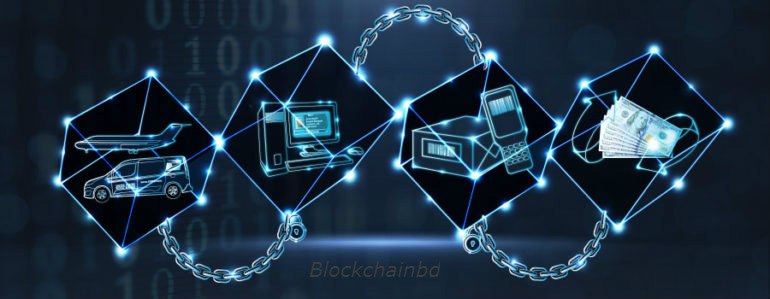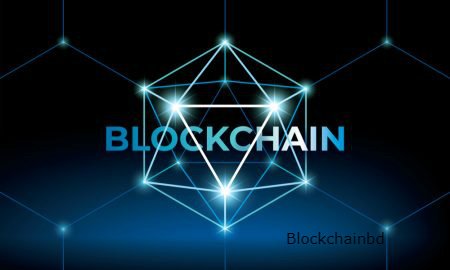Preface of Blockchain: Part 02
 In our economic, legal, and political systems,contracts, transactions, and the records are among the defining structures.Those terms are related to protect assets and set organizational boundaries. Those are important to establish and verify identities and chronicle events. By those data's interactions are occurs between nations, organizations, communities, and individuals.By those, managerial and social action are guided. And still now these critical tools and the bureaucracies formed to manage them have not kept up with the economy’s digital transformation. In this digital world, Our way of regulating and maintaining administrative control has to be changed.
In our economic, legal, and political systems,contracts, transactions, and the records are among the defining structures.Those terms are related to protect assets and set organizational boundaries. Those are important to establish and verify identities and chronicle events. By those data's interactions are occurs between nations, organizations, communities, and individuals.By those, managerial and social action are guided. And still now these critical tools and the bureaucracies formed to manage them have not kept up with the economy’s digital transformation. In this digital world, Our way of regulating and maintaining administrative control has to be changed.
Greatest invention of our time ,Blockchain promises to solve this problem. The technology at the core of Bitcoin and other virtual currencies, Blockchain is an open, distributed ledger where we can record transactions between two dealers efficiently and in a verifiable and permanent way. The ledger itself can also be programmed to trigger transactions automatically.
I am going to discuss about five basic principles underlying the technology called Blockchain.
- Distributed Database
Every individual party on a Blockchain has access to the entire database and its complete history.But No single party can controls the data or the information. Every party has right to verify the records of its transaction partners directly, where no third party needed.
2.P2P (Peer-to-Peer) Transmission
Every single communication occurs directly between peers instead of through a central node. Each node stores and forwards information to all other nodes.
- Transparency with Pseudonymity
Each transaction and its associated value are visible to anyone with access to the system. Every node, or user, on a Blockchain has a unique 30-plus-character alphanumeric address that identifies it. Users can choose to remain anonymous or provide proof of their identity to others. Transactions occur between Blockchain addresses.

- Records are Irreversible
When a transaction is entered in the database and the accounts are updated, the records isnot possible to be altered,cause they’re linked to every transaction record that came before them (hence the term “chain”). Whole lot of computational algorithms and approaches are deployed to ensure that the recording on the database is unalterable, chronologically ordered, and available to all others on the network.
- Computational Logic
The digital nature of the ledger means that Blockchain transactions can be tied to computational logic and in essence programmed. For that reason users can set up algorithms and rules that automatically trigger transactions between nodes.
With Blockchain, we can imagine a world in which contracts will be embedded in digital code and stored in visible, mutual databases, where they will be protected from deletion, tampering, and revision. In this world every single agreement, every single process, every single task, and every payment would have a digital record and signature that is possible to be identified, validated, stored, and shared. Intermediaries like lawyers, brokers, and bankers may not be longer or necessary. Individuals, organizations, machines, and algorithms possible to freely transact and interact with one another with little friction. This is the gigantic potential of Blockchain.
If you like this post. Please Upvote Me and stay with me for more about Blockchain and Cryptocurrencies.
My whatsapp:- +8801766655796
Hello, please follow the rules of the group Steemit for Resteem ↕ and you will be resteemed by the most active members in the group.
You have to resteem a post from the group before you post yours there.
Here is : HOW TO RESTEEM ON STEEMIT ?